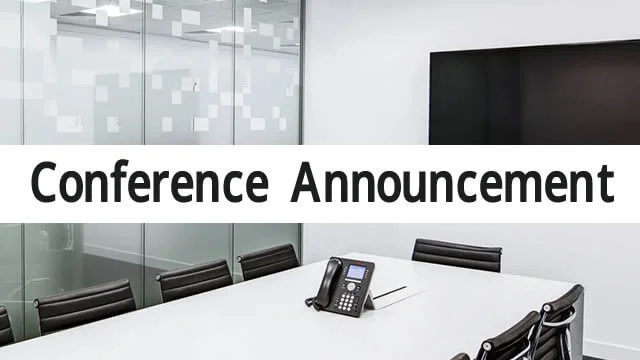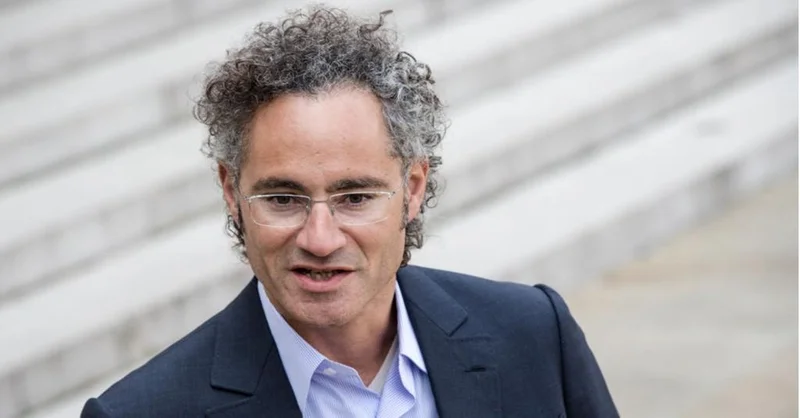DWP Power Outage: What Happened and Customer Reactions
Okay, folks, let's talk about something that didn't happen, or rather, happened so fast it barely registered: a power outage affecting 31,000 LADWP customers in Los Angeles. Now, I know what you’re thinking: "A blackout? What's so inspiring about that, Aris?" Trust me, it's not the outage itself, it’s the response.
Think about it: a major urban area, a significant power disruption, and… within 35 minutes, everything's back online. That's not just impressive; it's a freakin' miracle compared to the gridlock (pun intended) we've dealt with in the past. This isn't your grandpa's power grid anymore, folks. We’re talking about a system that's learning, adapting, and healing itself in real-time.
The Speed of Light(ning Recovery)
Let's break this down. Thirty-one thousand customers – that's a small city – plunged into darkness. Mid-Wilshire, Koreatown, Leimert Park, Baldwin Hills… all affected. We don’t know the exact cause yet; the LADWP is still investigating. Maybe it was a squirrel with a death wish (those little guys are notorious!), maybe a transformer hiccup, or maybe even a test of the system itself. The details on why the decision was made remain scarce, but the impact is clear. But the speed of the recovery? That speaks volumes. According to DWP Quickly Restores Power to 31,000 Customers Near Mid-Wilshire Area, the outage was resolved in approximately 35 minutes.
It wasn't that long ago when a similar outage would have crippled entire neighborhoods for hours, even days. Remember the Northeast Blackout of 2003? Parts of the city were dark for over 24 hours. What changed? We're seeing the results of years of investment in smart grid technology, predictive analytics, and distributed energy resources. The LADWP, often the target of criticism (and let’s be real, sometimes deservedly so), is quietly building a hyper-resilient system. It’s like our energy grid is developing its own immune system, quickly identifying and isolating problems before they cascade into major crises.
Imagine this: sensors embedded throughout the grid, constantly monitoring voltage, current, and frequency. AI algorithms crunching that data, predicting potential failures before they happen. And when something does go wrong, automated systems rerouting power, isolating the affected area, and bringing everything back online with lightning speed. The speed of this is just staggering—it means the gap between today and tomorrow is closing faster than we can even comprehend.

This isn't just about convenience; it's about resilience in the face of increasing climate challenges. Extreme weather events are becoming more frequent and more intense, and our infrastructure needs to be able to withstand those shocks. This small, almost unnoticed event in Los Angeles is a sign that we're moving in the right direction.
And this is where it gets really exciting. What if we could take this model of hyper-resilience and apply it to other critical infrastructure systems? Water, transportation, communication… imagine cities that can anticipate and adapt to any challenge, from cyberattacks to natural disasters. This isn't science fiction, folks; it’s the future we're building, one smart grid at a time.
But with great power comes great responsibility, right? As we build these incredibly complex and powerful systems, we need to make sure they're secure, reliable, and accessible to everyone. We can’t afford to create a future where only the privileged have access to resilient infrastructure. We need to think about equity, security, and sustainability every step of the way. When I first saw the demo, I honestly just sat back in my chair, speechless. This is the kind of breakthrough that reminds me why I got into this field in the first place.
This uses predictive analytics – in simpler terms, it means analyzing tons of data to predict problems before they happen.
We're Not Just Fixing Power Grids; We're Building a Safety Net
This isn't just about fixing power grids; it's about creating a more sustainable, equitable, and resilient future for all of us. This is the kind of progress that inspires me, that gives me hope for the future. It's a reminder that even in the face of immense challenges, human ingenuity can prevail. So, the next time you hear about a power outage, don't just focus on the inconvenience. Look for the signs of progress, the glimmers of hope, the evidence that we're building a better tomorrow, one kilowatt at a time.
The Future Is Bright (Even When the Lights Go Out)
Related Articles
Elon Musk's Pay Package Approved: What the Vote Means and Reddit's Take
Tesla's Cookie Conundrum: More Than Meets the Eye NBCUniversal's cookie notice is a seemingly innocu...
Hawaiian Airlines Systems Crash: Another Global 'Oops' from Microsoft?
So, let me get this straight. On Wednesday, you couldn't check in for your Alaska Airlines flight to...
Fubo's Stock is Surging: What's Actually Happening and Why It's Probably a Trap
I just wanted to know what time SmackDown was on. Simple, right? A straightforward question for our...
Space: Debris strikes, averted collisions and the usual BS
Okay, so China's aiming for the moon by 2030, building their own space station, the whole nine yards...
Galileo (GLTO): The Quiet AI Breakthrough That Will Define Our Future
It’s not often I’m left genuinely speechless. In my line of work, you see a constant parade of "next...
Alex Karp Defends Open Border Crackdown: What's He Really Selling?
Okay, so Palantir's CEO, Alex Karp, is out here defending "tough border controls." Says it's to prot...





